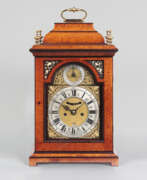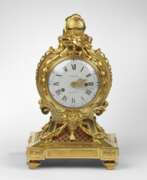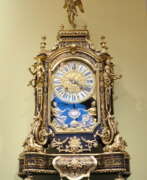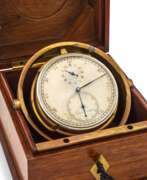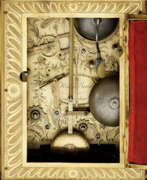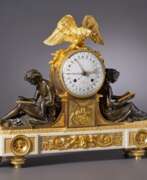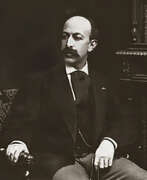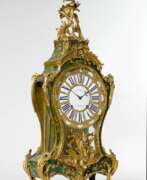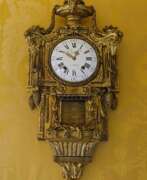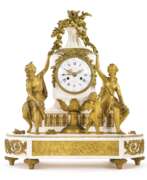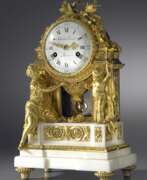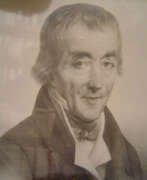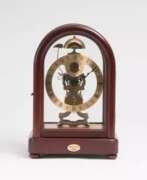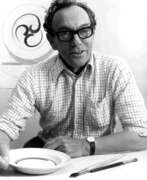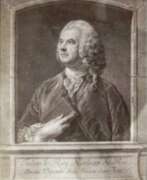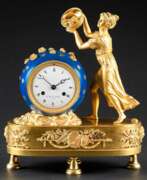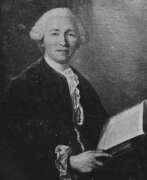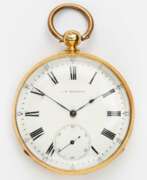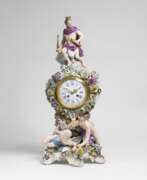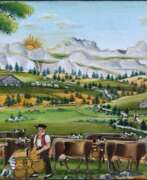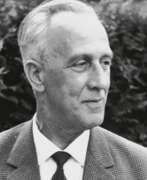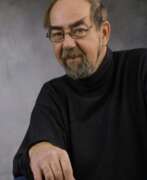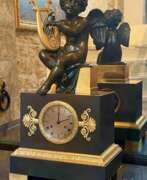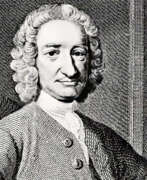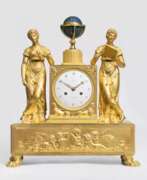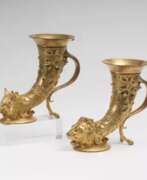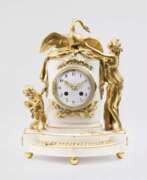Watchmakers
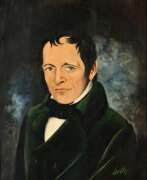

Christopher Bechtler is a German-born American jeweller and watchmaker.
Christopher Bechtler became famous and rich during the American gold rush due to his business idea of melting mining and panning gold into standardized dollar coins with precisely defined metal content. In doing so, he introduced dollar coins based on the gold standard, which were only accepted and minted by the US government after a long time.
Christopher Bechtler minted over a million gold coins between 1831 and 1841, which today are highly sought after by collectors and are worth several thousand dollars per piece.
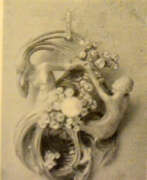

Henri Vever was one of the most preeminent European jewelers of the early 20th century, operating the family business, Maison Vever, started by his grandfather. Henri was also a collector of a broad range of fine art, including prints, paintings, and books of both European and Asian origin. By the 1880s, Vever became one of the earliest Europeans to formally collect Japanese ukiyo-e woodblock prints.
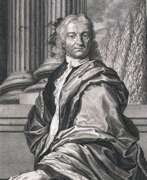

Jeremias Wolff was a German engraver and publisher.
Wolff was an engraver and watchmaker, but managed to create in Augsburg the largest art publishing house of the first half of the 18th century, which employed the best engravers of his time. The workshop, most often under Wolff's own name, produced maps and popular copperplate engravings. Among them is an album with illustrations of costumes of the Ottoman Empire, Germany, Switzerland, France and Turkey in the 18th century.
On the initiative of Jeremias Wolff, the Imperial City Art Academy was founded in Augsburg in 1710.
